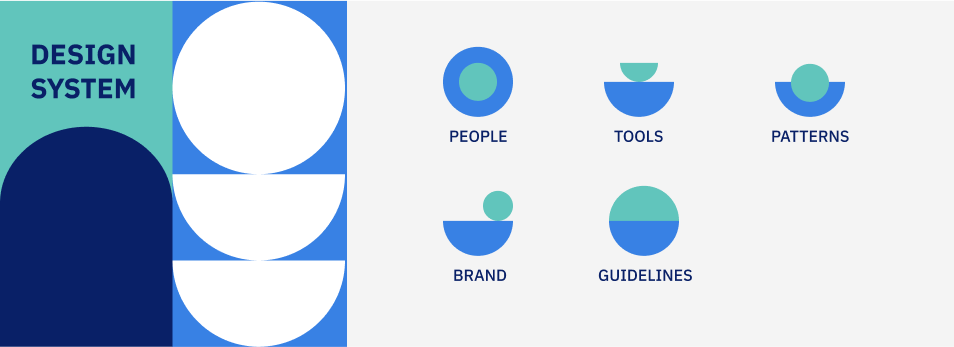Design Systems and it’s benefits in tackling complex UX problems
March 16, 2023 | Read Time : 3 mins
Table of Contents
The scale and speed with which UI displays must be developed has expanded as UI design improved over time. There are millions of applications and billions of websites, and more are being created every year.
However, these applications and websites may have hundreds or thousands of pages (or screens). Organisations desperately need to simplify design work as a result of this significant rise. To leverage designs at scale, many design teams use reliable Design Systems.
What is a Design System?
Design systems are a set of standards created to manage design at scale using reusable components and patterns.

How Design Systems can empower product teams
When properly implemented, design systems may provide a design team with several advantages, including the following:
Design (and development) work may be developed and repeated fast and at scale
The main advantage of design systems is their speedy replication of designs using preset UI elements and components. Teams can reuse the same elements, eliminating the need to reinvent the wheel and, as a result, the risk of unintentional inconsistency.
It relieves pressure on design resources so they may concentrate on bigger, more challenging issues
Simpler UI elements are already created and reusable, so design resources may concentrate more on solving complicated challenges rather than fine-tuning the aesthetic look (like information prioritisation, workflow optimisation, and journey management). This benefit may appear minor when you just build a few screens, but when you must coordinate the activities of dozens of teams and thousands of displays, it becomes significant.
It establishes a common language across and among cross-functional teams
Consistent language eliminates lost design or development time caused by miscommunications, especially when design roles move or teams are geographically dispersed. For example, the functioning of a dropdown menu would not be
discussed because that word is reserved for a precisely specified element inside the design system.
It creates visual coherence across products, channels, and (perhaps divided) departments
The lack of an organization-wide design system, especially when teams operate in silos, with one product or channel running independently of the others, can result in uneven visual appearance and experiences that feel fragmented or unrelated to the brand. To make disparate experiences aesthetically coherent and seem like they are a part of the same ecosystem, design systems combine them into a single source of elements, patterns, and styles. As an extra advantage, the design system may be used to manage any significant visual rebranding or redesigns on a large scale.
It may be used as a learning tool and a reference for young designers and content creators
Clear usage rules and style manuals assist individual creators who are new to UI design or content development and serve as a reminder to the other contributors.
TDesign Systems consist of several elements, patterns, styles, and rules that may help operationalise and optimise your design efforts. They are, however, conceived, controlled, and executed by people. The scope and replicability of your projects and the resources and time available are the most important aspects to consider while building a design system.
Design Systems may become complex collections of components and code when created and maintained improperly, but when done well, they can train team members, improve operations, and provide designers with the tools they need to solve challenging UX issues.






